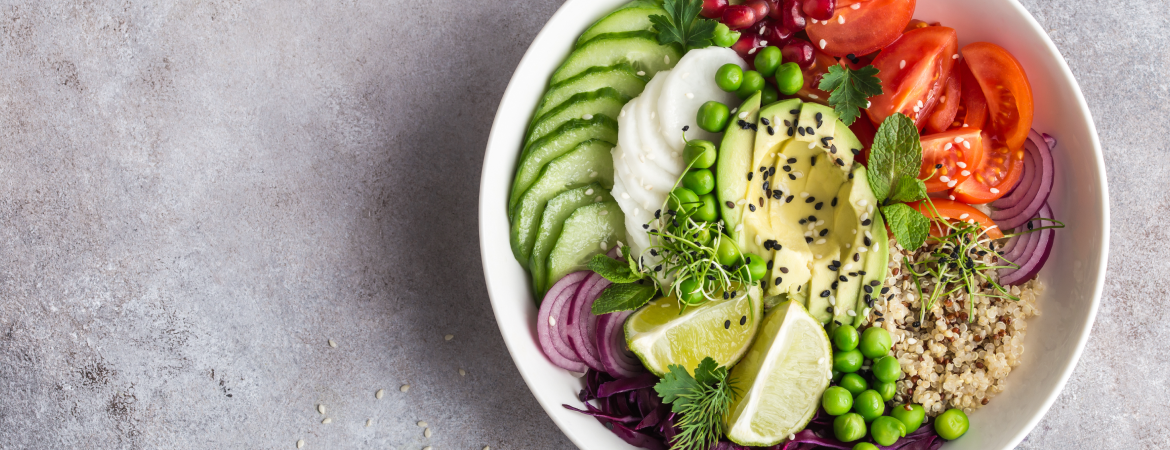
What’s for lunch? Intuition!
With so many of us obsessed with diet and food, wouldn’t it be nice to go a day without worrying about what to eat, how many calories it contains and if it’s healthy?
Intuitive eating is all about listening to your gut and training your brain to listen to your hunger pangs. When you wake up at six o’clock every morning, are you immediately hungry?
If not, why force yourself to eat breakfast just because we “must” eat breakfast?
Have you seen how toddlers eat? Babies and very young children instinctively know when and how much to eat. They also choose healthy options quite often.
We’re all equipped with innate cues and signals that tell us we’re hungry, thirsty, moody, tired. Where we go wrong is in misinterpreting these cues. So, we feel hungry. We eat. The problem is that we often ignore the cue from our body that we’ve had enough.
Intuitive eating is about stopping to listen to the signals your body’s sending you. Dr Sherry Zhang, a nutrition researcher at the Medical College of Wisconsin, explains the benefits: “The cues are linked not just to the types of foods, but also to feelings of hunger and satiety, and to how food is linked to an emotional response. If you can really quiet down your body for a day or two, you'll be able to have a very good intuition for what is really agreeable to how your body is programmed.”
Intuitive eating is also about realism. In the book Intuitive Eating by Evelyn Tribole and Elyse Resch, they write, “Accept your genetic blueprint. Just as a person with a shoe size of eight wouldn’t expect realistically to squeeze into a size six, it’s equally futile and uncomfortable to have a similar expectation about body size. It’s hard to reject the diet mentality if you are unrealistic and overly critical of your body shape.”
Start thinking, get healthy:
- First things first: Throw out the diets, the pills and miracle cures for losing weight. Make a pledge to give up fad dieting for good.
- To really get a feel for intuitive eating, wait until you’re hungry. Then, wait a few more minutes. Really evaluate your hunger. If you are genuinely hungry, you will eat anything to satisfy your hunger. If you’re craving something, this means you’re more than likely peckish and looking for something to nibble. This type of hunger is usually the one that leads to unhealthy choices.
- After you’ve eaten a meal, put down your fork and spend a few minutes paying attention to the signals that your body is sending you. Are you feeling satisfied? Do you have a lingering aftertaste? Did the food make you feel tired or energised? Take your cues from how you feel after you eat to figure out which foods “agree” with your body and mind.
- Did you send your favourite chocolate to the naughty list? This goes against the grain of intuitive eating, explains the book, Intuitive Eating. “The moment you banish a food, it paradoxically builds up a craving life of its own… that gets stronger with each diet and builds more momentum as the deprivation deepens.” And we know where this leads: binging.
- Focus on the food in front of you, not its calories. This may take some time and effort, but keep at it. During your intuitive eating experiment, some experts advise writing down the food you eat. Not to track calories though; this is more so you can look back at your dietary choices and see which types of foods you tend to choose – and why. Note your mood as you sit down to eat. This is good information to know about yourself and how your mood affects your food choices.
Disclaimer
This article is for informational purposes only. Always check with your doctor or medical practitioner about any health concerns, before embarking on any fitness or nutrition programme, and usage of any medication.
